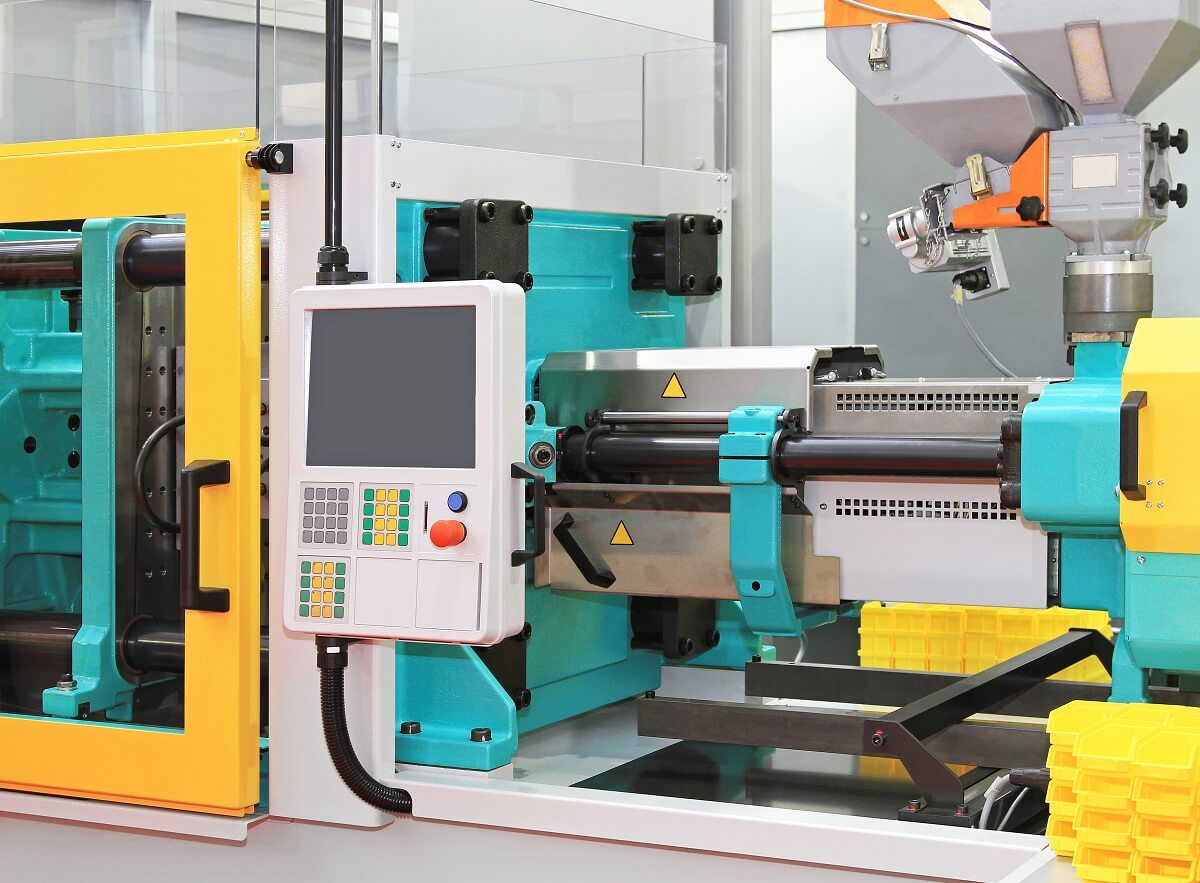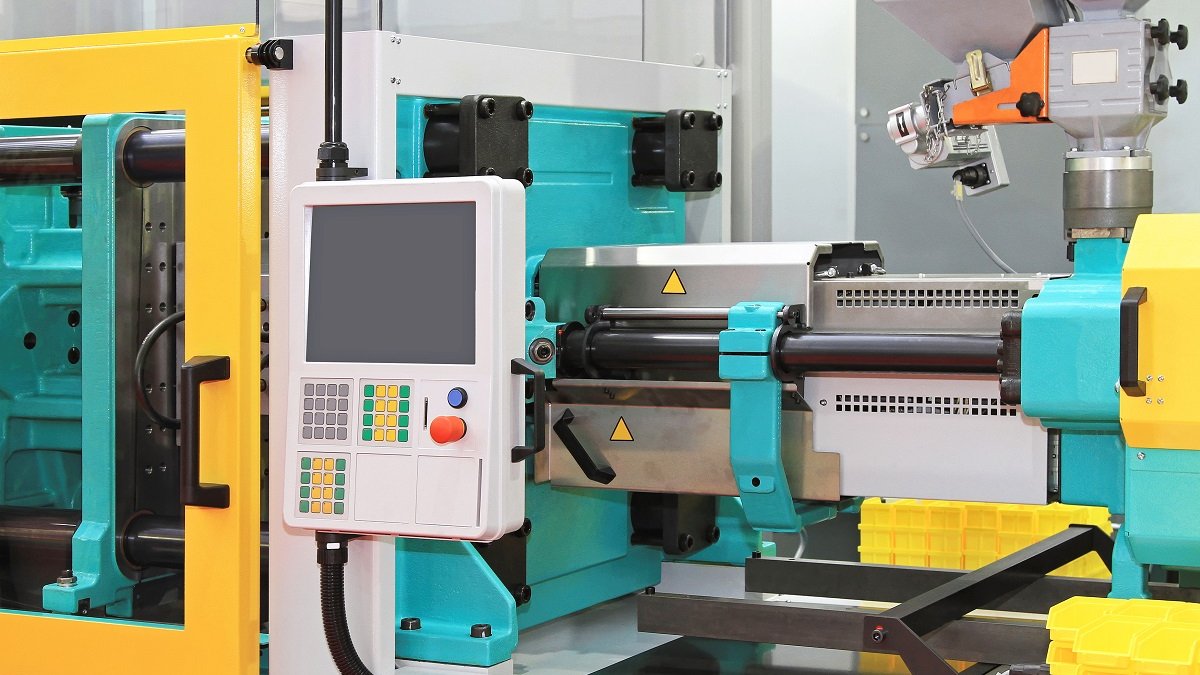
Injection molding technology has revolutionized the manufacturing industry. It has enabled mass production of high-quality plastic parts with precision, speed, and accuracy. The advancements in injection molding technology have significantly improved the manufacturing process, making it possible to create intricate designs, use various materials, and produce large quantities of parts in a shorter time.
This article aims to explore the future of injection molding technology, focusing on plastic mold making, injection molding tools, plastic injection mold, and custom injection molding. We will also discuss the advancements in each of these areas and how they are shaping the future of injection molding technology.
Advancements in Plastic Mold Making
Plastic mold making has undergone significant advancements in recent years, making it possible to create molds that are more precise, durable, and efficient. The use of computer-aided design (CAD) and computer-aided manufacturing (CAM) has improved the accuracy of mold making, reducing the time and cost of producing molds.
One of the most significant advancements in plastic mold making is the use of 3D printing technology. 3D printing allows for the creation of intricate molds with complex geometries that are impossible to create using traditional mold making techniques. The use of 3D printing has also reduced the time and cost of producing molds, making it possible to create prototypes and test them quickly.
Another innovation in plastic mold making is the use of advanced materials such as carbon fiber-reinforced plastics (CFRP) and glass fiber-reinforced plastics (GFRP). These materials are stronger and more durable than traditional mold materials, making them ideal for creating molds that can withstand high pressures and temperatures.
Advancements in Injection Molding Tools
Injection molding tools have also undergone significant advancements, making it possible to produce parts with greater precision and speed. One of the most significant advancements in injection molding tools is the use of high-speed injection molding machines. These machines can produce parts at a much faster rate than traditional injection molding machines, reducing production time and costs.
Another innovation in injection molding tools is the use of hot runner systems. Hot runner systems reduce waste and improve part quality by ensuring that the plastic material is distributed evenly throughout the mold. This results in fewer defects and a higher quality finished product.
Advancements in Plastic Injection Mold Design
The design of plastic injection molds has also undergone significant advancements. The use of advanced software tools such as Moldflow and SolidWorks has improved the accuracy and speed of mold design. These tools allow designers to simulate the injection molding process, identify potential problems, and optimize the mold design to ensure a high-quality finished product.
Another innovation in plastic injection mold design is the use of conformal cooling. Conformal cooling uses channels that follow the contour of the part being molded, resulting in more even cooling and faster cycle times. This improves part quality and reduces production time and costs.
Custom Injection Molding
Custom injection molding is a manufacturing process that involves the production of parts based on a customer’s specific requirements. This process has undergone significant advancements in recent years, making it possible to produce complex parts with greater precision and speed.
One of the most significant advancements in custom injection molding is the use of multi-material injection molding. Multi-material injection molding allows for the production of parts with multiple materials or colors in a single process, reducing production time and costs.
Another innovation in custom injection molding is the use of in-mold labeling. In-mold labeling involves placing a label or graphic inside the mold before the injection molding process begins. This results in a finished product with a high-quality label or graphic that is resistant to wear and tear.
The Future of Injection Molding Technology
The future of injection molding technology is exciting, with advancements in automation, sustainability, and quality control. Industry 4.0 technologies such as the Internet of Things (IoT) and Artificial Intelligence (AI) are being integrated into injection molding machines, making it possible to monitor and optimize the manufacturing process in real-time. IoT sensors can detect potential defects in parts and adjust the manufacturing process to prevent them, reducing waste and improving part quality.
Sustainability is also a major focus of future injection molding technology. The use of bio-based plastics and recycled materials is becoming increasingly popular, reducing the environmental impact of plastic manufacturing. Injection molding machines that use renewable energy sources such as solar or wind power are also being developed, reducing the carbon footprint of manufacturing.
Quality control is another area where future injection molding technology is expected to see significant advancements. The use of AI and machine learning algorithms can analyze data in real-time to identify potential defects and improve the manufacturing process. Quality control systems that automatically sort and inspect parts are also being developed, reducing the need for manual inspection and improving efficiency.
Conclusion
The future of injection molding technology is bright, with advancements in plastic mold making, injection molding tools, plastic injection mold design, and custom injection molding. These advancements are improving the speed, accuracy, and sustainability of the manufacturing process, making it possible to produce high-quality parts with greater efficiency and reduced costs. As new technologies emerge and are integrated into the injection molding process, we can expect to see even more significant advancements in the years to come.
Natalie Chen
Related posts
Stay connected
- How LoveOn Chat Is Becoming the Most Versatile AI Companion for Digital UsersThe internet keeps shifting toward hyper-personal interaction, and AI companions are at the center of this shift. What used to be simple chatbots are now evolving into emotionally aware, adaptive, and multi-functional digital partners. Among the new generation of platforms, LoveOn Chat is becoming one... The post How LoveOn Chat Is Becoming the Most Versatile […]

